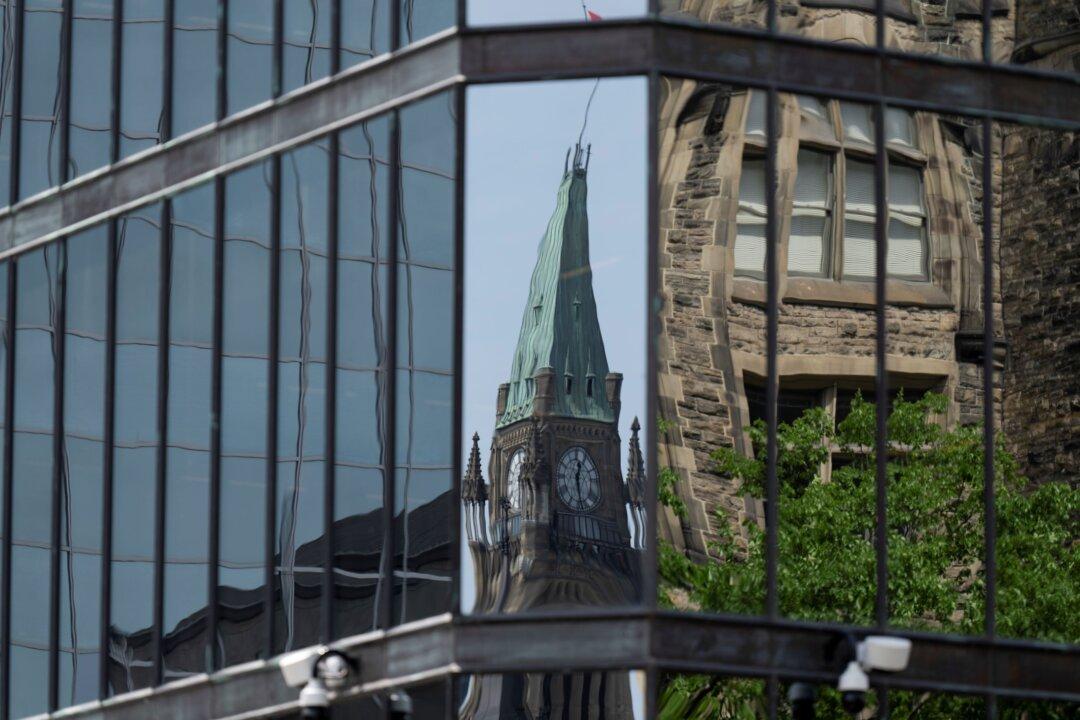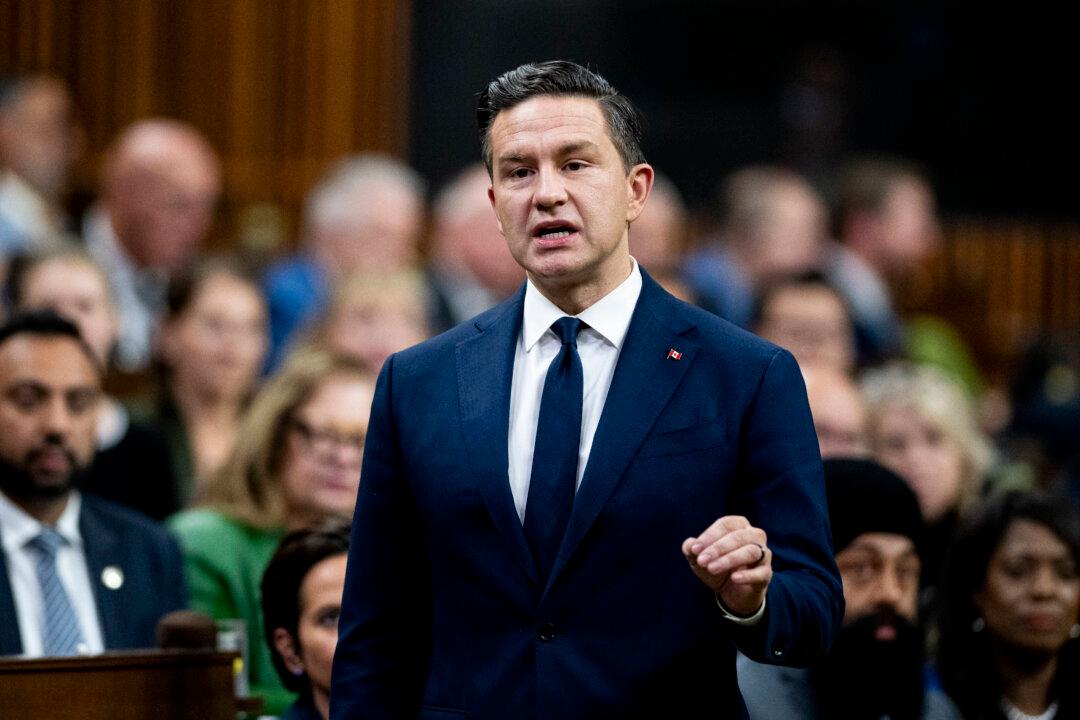Ottawa could balance its budget in as little as two years with “only modest spending restraint,” a new study has found.
Limiting growth in annual program spending to 0.3 percent would result in a balanced budget by 2026-2027, the Fraser Institute said in its latest study. Balancing the budget by 2025-2026 is also achievable, the report said, but would require a 4.3 percent reduction in program spending.





